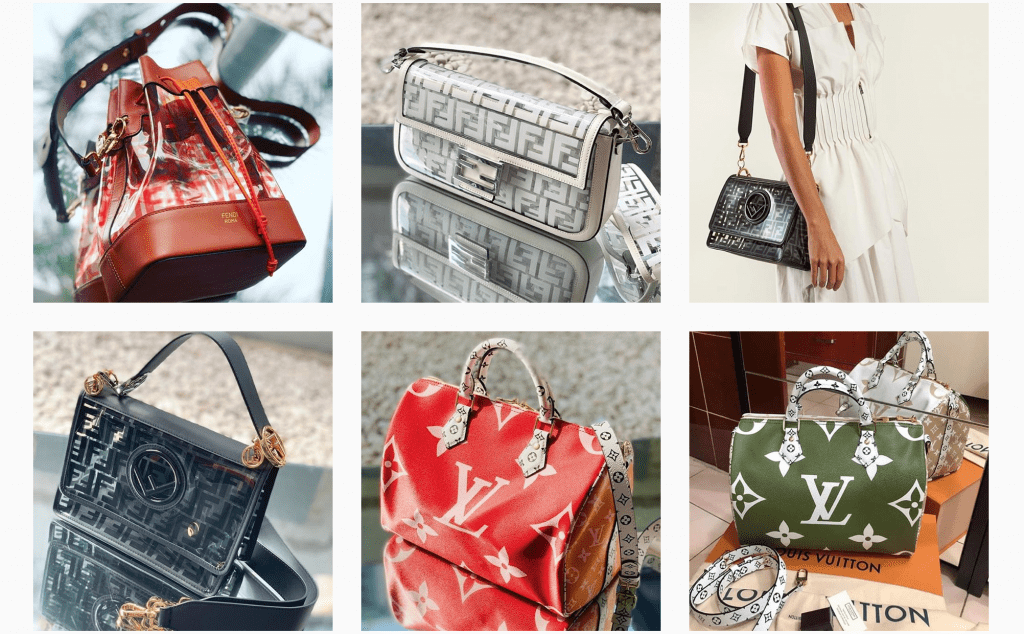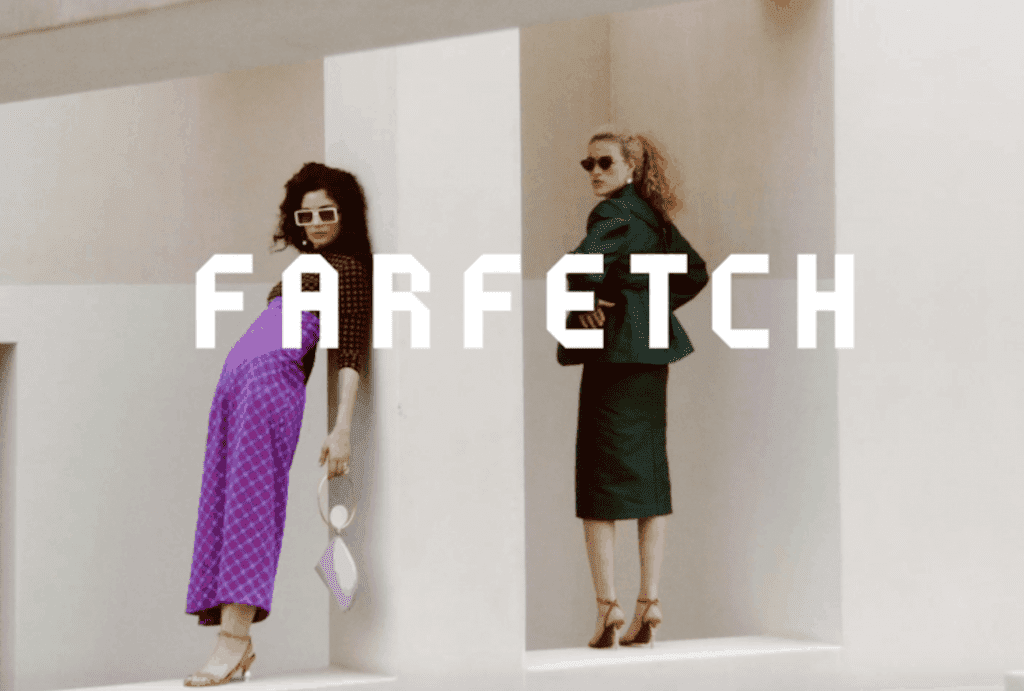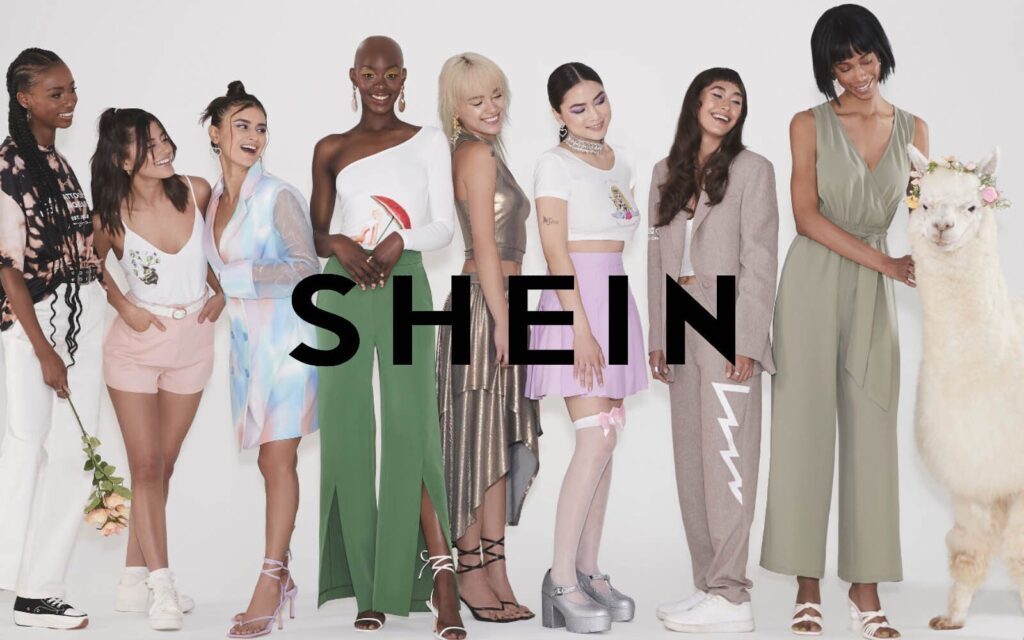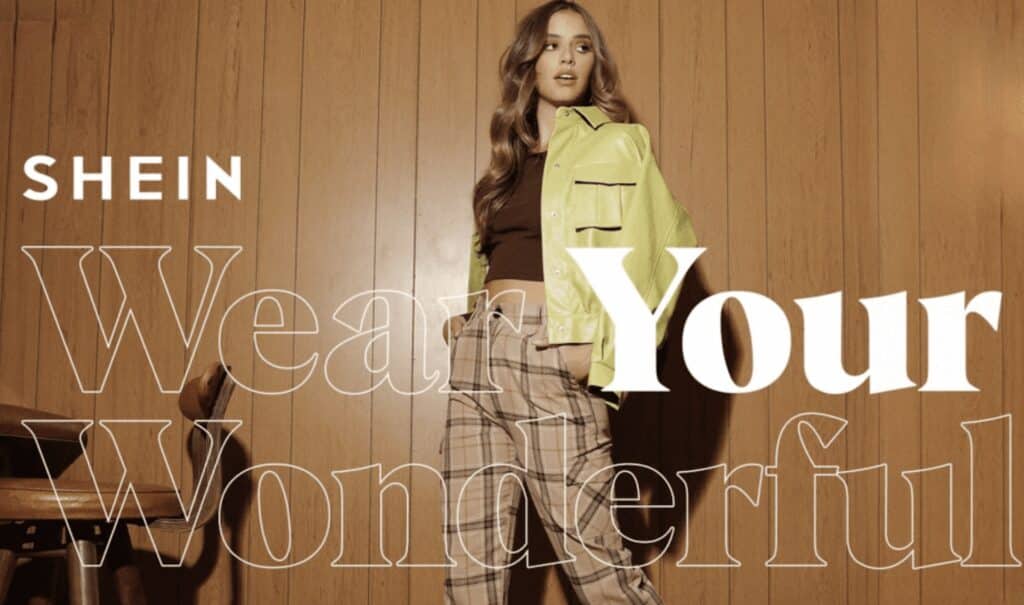Instagram has become a hot bed for fakes – from counterfeit Chanel espadrilles and so-called “Supreme” suitcases to copycat Birkin bags and dead-ringers for the newest offerings from Louis Vuitton. Hashtags, such as #MirrorQuality, which has been used more than 1 million times on Instagram, and #Replica, which is attached to more than 2.2 million posts, help users on the Facebook-owned social media platform to easily discover these affordable fakes and connect with their sellers in order to make purchases, often by way of separate digital platforms, such as WhatsApp and WeChat.
By making counterfeit goods do easily viewable and accessible, Instagram has become “the top showcase platform for counterfeiters” on the web, according to Ghost Data’s recently-released report, “Instagram and counterfeiting in 2019: new features, old problems.” New research from the data analysis firm suggests that while Instagram is already saturated with fake luxury goods in connection with “a multi-billion dollar underground economy,” the nature of the problem is only growing in severity.
The report – which looked at “about 4 million public content items published on Instagram [that specifically mention] famous fashion brands” by way of logo-recognition technology, as well as hashtag and keyword-specific searches – reveals that so far this year, more than 50,000 accounts posted more than 65 million posts and an average of over 1.6 million Stories every month devoted exclusively to the sale of fakes. That is up significantly from the 14.5 million counterfeit-centric posts in all of 2016.
The report’s authors, Andrea Stroppa, Davide Gatto, Lev Pasha, and Bernardo Parrella, note that the rate at which the number of Instagram accounts offering up counterfeits goods for sale is growing is greater than 160 percent since 2016, a problem that is intensifying along with “the dramatic increase of Instagram’s users,” which topped 1 billion for the first time in June 2018. Ghost Data asserts that the problem of counterfeit goods on the platform is “inevitably [being] exacerbated” as Instagram continues to vie for the title of the modern day shopping mall, and thereby, attracts consumers and counterfeiters, alike.
“Even if Instagram’s security options and detection algorithms have been tuned up,” the report asserts, it simply is not enough. “The luxury brands I speak to are frustrated because it’s so easy to find these accounts, but Instagram is not very responsive,” Andrea Stroppa, Ghost Data’s CEO, who spearheaded the research, told NBC News.
Unsurprisingly, luxury brands are some of the hardest hit when it comes to counterfeits on Instagram. The report found that “the top brands featured in images and videos posted by counterfeiters” are Louis Vuitton, Chanel and Gucci, which were respectively featured/mentioned in 21 percent, 19 percent and 14 percent of the posts reviewed by Ghost Data. When combined, “Louis Vuitton, Chanel and Gucci [branded products] account for more than half of counterfeit fashion items available on Instagram,” the report states.
These brands are followed by Nike and Fendi, which were each the subject of 5 percent of counterfeit posts flagged by Ghost Data.
With internet sales of fakes accounting for an estimated $30.3 billion in losses to luxury brands each year, and the rate at which counterfeit-centric content being posted on Instagram growing to amount to “millions of posts per day,” a spokeswoman for LVMH, the parent company of luxury brands including Louis Vuitton, Christian Dior, Celie, Givenchy and Fendi, among others, told NBC that “brand owners cannot remain the only ones taking action to chase online counterfeiters. [Platform operators’] efforts should be focused on strengthening actions to track, block and remove online listings and promotions for counterfeit goods.”
A representative for Instagram says the platform takes “intellectual property rights, including issues around counterfeiting, very seriously.”











